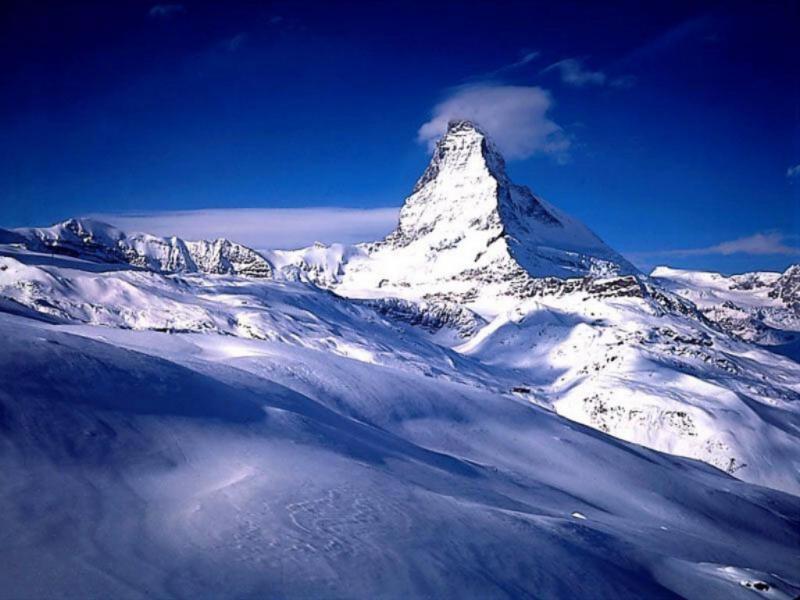
How to Reach the Roof of the World: Climbing Mount Everest.
By Simon Cross
Situated on the Nepal-China border, Mount Everest stood as an insurmountable challenge for thousands of years, with many hardened climbers being overawed by the tough conditions, before it was finally conquered by Edmund Hillary and Tenzing Norgay in 1953. The confirmation that reaching the highest point in the world was now an attainable goal spurred budding adventurers to climb the peak and cement themselves amongst the elite group that have tamed the mountain that the locals call Sagarmatha, which translates as “Goddess of the Sky”. Only 25% that attempt to climb Everest this year will be successful, and this guide will lay out exactly what you need to know to maximise your chances of success, as well as inform you how to stay safe on this dangerous expedition.
Training
Mount Everest is by no means the most technical climbing challenge on the planet, but when you throw in the extreme conditions and unpredictable weather, on top of the sheer size that makes the mountain famous, it becomes clear that an Everest climb is not for the faint-hearted. Potential climbers should ensure that they possess a comprehensive knowledge of all climbing techniques so they do not become overwhelmed by any situation that occurs. In terms of physical conditioning, a regime designed to maximise your strength, stamina and endurance is vital, as it is these characteristics that will pull you towards the summit. Running, Swimming, Biking, Weight-lifting and even climbing itself are ideal activities to get you at your physical peak. (Pardon the pun). Weight loss is common during an Everest climb, due to the immense amount of physical exertion and the harsh climate causing your body to burn a remarkable amount of calories. For this reason, climbers are advised to gain weight before leaving in order to cover the 5-10 kilogram’s they will lose on the climb.
Climbing Equipment
Failing to prepare is preparing to fail, so the saying goes, and in this inhospitable environment, a lack of preparation could have serious consequences. The right equipment is vital, and it starts with the clothing. Lightweight Gore-Tex over fleeces in combination with a down jacket will put you in good stead for most of the climb, but an extra heavy down suit is a necessity when making a move from the final camp to the summit, due to the altitude’s effect on the climate. Climbers should take a hat to protect them from the sun.
Boots should be one or two sizes larger than the wearer’s feet, as toes need to be able to move freely in order to prevent frostbite caused by rush delivery. Expert climbers recommend Millet as the best company for mountain-climbing boots for a reason, so use them. These boots need to be fitted with heat-wires for the summit attempt, as does your face-mask. HotTronics provide a top, lightweight product powered by lithium AA batteries, so shave some vital weight off your pack and take these.
Climbing gear is best sourced from North Face, especially the harness. Everest experts extol the virtues of simplistic carabiners over trickier-to-use screw models. As pack weight should be kept as light as possible, only pack what you absolutely need. Thankfully, experienced climbers will know what sacrifices need to be made. Spare crampons are vital, as calling for replacements isn’t an option. Experiment with different brands until you find the one you are most comfortable with.
Camping Equipment
Do not skimp on quality here, two or three sleeping bags filled with an absolute minimum of a kilogram of insulation will be sufficient. It is important to dry out your bags on top on your tent when experiencing a sunny day, as the bags will absorb a kilogramme of sweat every two days. You can use a cheap, basic tent at base camp, the larger the better for those seeking some much-needed privacy. However, this only applies to base camp. All other camps will require tents of the highest quality to combat the cruel conditions. Once again, head to North Face for the best in the market.
In terms of cooking, using a native cook at the second camp to put you and your Sherpas (more on them later) in the best frame of mind. Beyond this point, two titanium burners will allow you to streamline the cooking process, giving you more time to get some much-needed rest. Lightweight cookware (two pots with lids will be enough) and plastic mugs will help keep pack weight down. Plenty of matches and lighters are needed to ignite the gas burners, and ensue that these are of the highest quality. 20-30 normal sized containers will cover your cooking needs, based on the size of your group.
Food and Drink
Fresh food is obviously out of the question during an Everest climb, so eat as many fresh fruit and vegetables as possible during your time at base camp, as that fibre will serve you well later on. Develop a taste for garlic too; the Sherpas will eat it relentlessly, due to its blood-thinning properties. In order to counter the weight loss you will experience, a high-fat diet is advised, with lots of chocolate and cakes giving you sugar vital for energy. Dried meats and cheeses, along with instant meals such as powdered soups will form the staple of your diet. Try and avoid hiking “powdered meals” as much as possible, the more real food you eat, the better you’ll feel at high altitude.
Water purification is the best method of ensuring a healthy supply of clean, safe water. Aqua Care is a liquid solution, with just a few drops making nearly anything drinkable. This method will save you gas as you will no longer have to boil water to purify it, and Aqua Care leaves no taste whatsoever.
Sherpas
With their genetic adaptation to the mountainous conditions, Sherpas are a vital asset to any expedition. Any illusion of superior performance on the part of the climber will be eliminated above 3,000 metres where the Sherpas will out-run, out-climb and out-carry you. Do not be disheartened by this, they are reaping the benefits of evolving to match their surroundings. Instead utilise their athleticism and their knowledge of the mountains.
Summit Sherpas, ones who themselves have reached the peak, are obviously the best guides to use, but it is vitally important to ensure that the Sherpas are truly motivated to repeat this feat, otherwise problems could arise later on.
Like so many other aspects on this expedition, quality costs. It is only natural that the most experienced and hard-working Sherpas will command the highest salaries, so don’t try to cut costs within the recruitment process. If you treat the Sherpas with respect, whilst ensuring that you are seen as the leader by actively checking the equipment, the Sherpas will reciprocate and trust your decision-making. Failure to do so will result in significant morale problems, not something anyone wants several thousand metres up the side of Everest.
Admin
It may be somewhat anti-climatic to end on such a dull note, but this information will save you from many headaches and heartbreaks later on. The best way to ensure that you are fully up-to-speed with the paperwork is to use one of the local trekking agencies. They will act as a climbing concierge, getting you the forms and appointments you will need.
If you are leading the expedition, you will need a letter of recommendation from your national climbing association to certify that you have the experience required to lead a group up to the top of Everest. Disclose all your climbs to the Association (even the ones you did not summit), plus any climbing courses you have attended, and obtaining this letter shouldn’t be a problem.
Share this article:




















